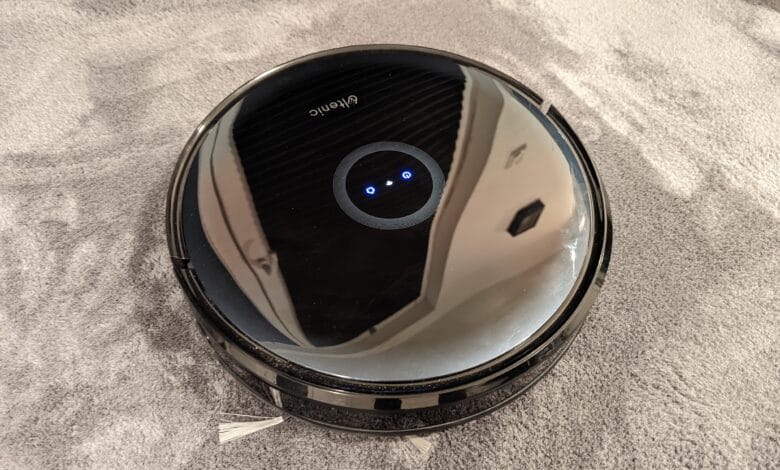
Robot vacuum cleaners are among the first smart household aids to find widespread use in our everyday lives. The D7 from Ultenic, a manufacturer of smart household appliances based on the Xiaomi model, attempts to add useful enhancements to the already familiar concept of the vacuum cleaning robot.
Whether the Ultenic D7 succeeds in this and whether it can replace a regular vacuum cleaner in everyday life, we have already tested before the start of the Indiegogo campaign. Let’s get started with our Ultenic D7 test!
Ultenic D7 finish
The D7’s exterior is made entirely of plastic. Due to the black color of the device, dust and dirt is not too quickly visible and it is enough to dust the vacuum once every week.
The front part of the case consists of a collision guard, which also includes infrared proximity sensors that allow the robot to detect objects in its path and stop in time. However, very small objects may collide, as they cannot be detected by the proximity sensors. In this case, however, the robot vacuum cleaner detects the collision with the spring-loaded “bumper” and can consequently go around the object. However, the D7 does not have a laser navigation system.
There are three capacitive touch buttons on the top of the Ultenic D7. One for manually turning on the vacuum, one to tell the device to move back to the charging station, and one to set up or reset the Wi-Fi connection.
The actual suction system on the bottom of the unit is composed of a rotating collection brush on the side of the vacuum, as well as the centered intake brush. With the help of the collection brush, which partially protrudes beyond the base of the D7, the robot vacuum can also clean corners and edges well. The collection brush brings the dirt particles to the center of the device, where they can be collected by the suction brush. The suction brush can be removed from the device for cleaning.
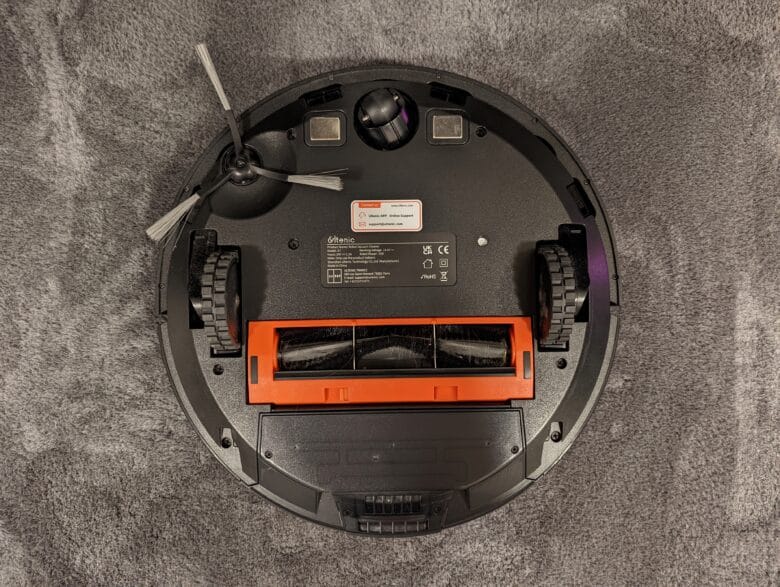
The vacuum moves on a total of three wheels. At the front of the D7 is a plastic wheel that can rotate 360°. The main side wheels, which also provide the drive, are rubberized and spring-loaded. This allows the robot to climb small obstacles (up to about 2 cm) and maintain a constant distance from its base.
The charging station has roughly the shape of a conventional trash can. At the bottom, there are two charging contacts for the vacuuming robot, as well as the opening through which the vacuumed dust can be extracted from the D7. At the top there is a flap with charging indication LED, which can be opened to replace garbage bags.
Performance
The Ultenic D7’s performance need not hide behind that of a conventional vacuum cleaner. I have the D7 set to run the “Auto-Cleaning” program once every day and mop my 1-bedroom apartment once a week, and I have to say in all honesty, the floor in my apartment has never been this clean. The suction power of 2700 Pa is also strong enough to suck up any dust and crumbs even on the first pass. Overall, I’m really pleasantly surprised at how thoroughly the Ultenic D7 cleans in the test. Especially how well it cleans corners and edges as well.
However, the D7 can get audibly loud while doing this, which is why I don’t recommend working in the same room. However, it still remains below the volume level of a conventional vacuum cleaner.
You should be careful with halfway loose cables. The Ultenic D7 can quickly get caught on them with the collection brush, which causes the robot vacuum to interrupt its program when it feels it can no longer free itself. However, once you get the loose cables out of the way, the D7 can do its job without your presence.
I never had to worry about the battery with the D7. After one cleaning pass, the charge of the 2700 mAh battery was still at 70%. Therefore, the battery should be sufficient for cleaning larger rooms and apartments.
Features
The D7 offers a variety of cleaning modes. For one, carpets can be detected by sensors on the bottom of the device and the vacuum automatically increases its suction power when it is on them. This should also allow carpets to be cleaned properly.
In the same way, there are different modes for vacuuming. These include “auto-cleaning”, which is normal vacuuming, intensive cleaning, edge cleaning, and spot cleaning, where you can specify a small spot that will then be cleaned by the D7.
There is also a water tank in the back of the vacuum that you can fill. With the help of the included mop attachment, the Ultenic D7 can then vacuum and mop at the same time.
However, probably the most unusual feature of the D7 is the charging station of the robot vacuum. However, this is not just a normal charging station, as is the case with many other smart vacuums. The station of the Ultenic D7 also empties the dirt from the vacuum cleaner and packs it into special trash bags. To do this, the robot vacuum has an opening on its back between the two charging contacts that docks with the charging station. After the D7 returns from vacuuming to the charging station, it sucks the dirt through the opening into the clamped bag. I find this makes using the D7 much more relaxing compared to other robot vacuum cleaners, as you don’t have to fumble the dust out of the little device itself. So you only have to change the bag occasionally and take the full bag to the trash.

The first time I vacuumed it, however, I was quite startled, as the process can get extremely loud for a few seconds. In terms of volume, it’s almost comparable to a lawn mower, but only lasts for 5-10 seconds.
With laser navigation for better room mapping and object recognition, all the features I could want from a vacuum cleaner robot would be covered. However, devices with such a system are still priced a bit above the expected price range of the Ultenic D7.
Ultenic D7 accessories
In addition to the actual robot vacuum cleaner and the charging station, the D7 came with a few extras. These include the mop attachment, of course, but also a spare collection brush, another mop cloth in case the other one is in the wash, a HEPA filter, and two trash bags. With these spares, the D7 should be able to get by for a few months for now.
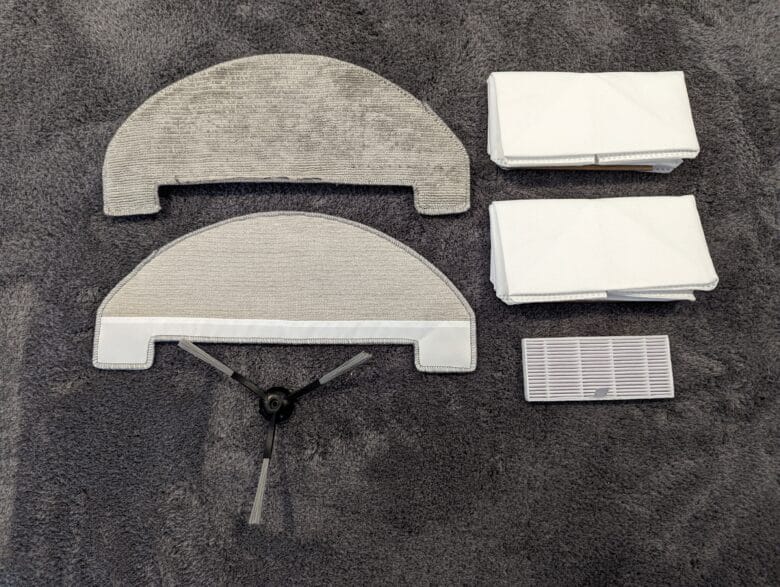
Also included was a rubber lip that can be placed on the floor in certain locations to prevent the robot from driving over these “barriers”.
App and smart home
Setting up the Ultenic D7 was very simple in itself. After the robot vacuum was docked to the charging station via the metal contacts, the Ultenic app also already recognized the D7 and I was able to connect it to my WLAN from there. However, the problem arose that the D7’s Wi-Fi, to which I had to connect, had a different name than the one described in the app, which caused brief confusion. In fact, the Wi-Fi of the robot vacuum cleaner contained the name “Smart Life” instead of Ultenic. Smart Life is also a company that sells smart home devices and offers its own app for its devices in the Play Store / App Store. This occurrence made me a bit suspicious when setting it up, and it seemed a bit unserious to me when your own product is masquerading under a different name.
I suspect that Ultenic and Smart Life are subsidiaries of a common parent company, allowing the same products to be marketed under different branding, or sourcing their products from the same OEM. In my model, they probably forgot to set up the correct branding at the software level. For less tech-savvy users, this could become a problem if the names differ from those in the setup manual.
Through the Ultenic app, you can control the entire robot vacuum and manage all sorts of settings. For one, you can see the room mapped by the D7 here, as well as start the different cleaning modes of the device. Likewise, you can monitor the remaining shelf life of the robot vacuum’s consumables and manage cleaning schedules. However, the German translation in the app could be improved in a few places.
The direct integration of the customer support into the app was particularly positive. The customer support is also extremely helpful and usually responded to my inquiries within a day.
Since the D7 has not yet been officially released on the market, I have not yet been able to add it to my Google Home. However, this should be possible for the official release, which will make the robot vacuum controllable via Google Assistant, Alexa, etc.
Summary of the Ultenic D7 review
The MSRP of the Ultenic D7 is $329, but it can be purchased for less through the Indiegogo campaign. This would make the Ultenic D7 one of the most affordable robot vacuum cleaners with an extraction station on the market.
However, there are devices, such as the Dreame D9, that are even slightly cheaper. The Dreame D9 even has laser navigation, but still doesn’t have a suction station like Ultenic’s D7.
All in all, I really like the Ultenic D7. It could actually replace the conventional vacuum cleaner for me. Only a small hand vacuum cleaner I see next to the D7 still as useful, if I for example just a few crumbs have fallen down and I do not want to send off directly the vacuum cleaner robot.
My favorite thing about the D7, aside from its general suction performance, is its suction station, which makes disposing of and cleaning the unit really straightforward.
Ultenic D7
Wormanship
Performance
Features
Accessories
App and smart home
Value for money
92/100
An affordable robot vacuum cleaner with a special feature.
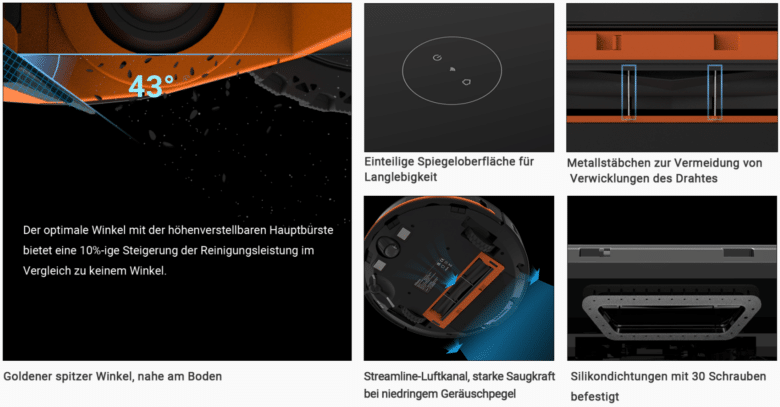

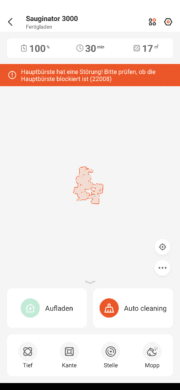
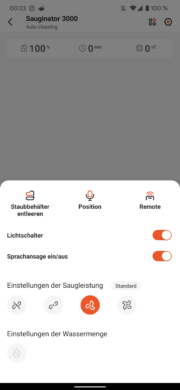






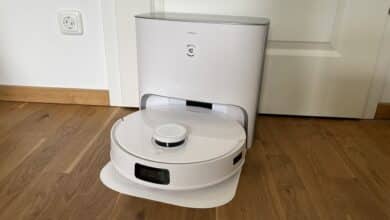
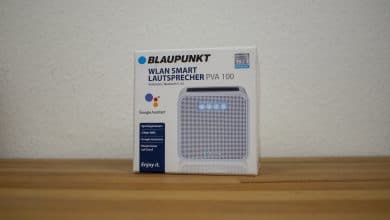
No replies yet
Neue Antworten laden...
Gehört zum Inventar
Beteilige dich an der Diskussion in der Basic Tutorials Community →